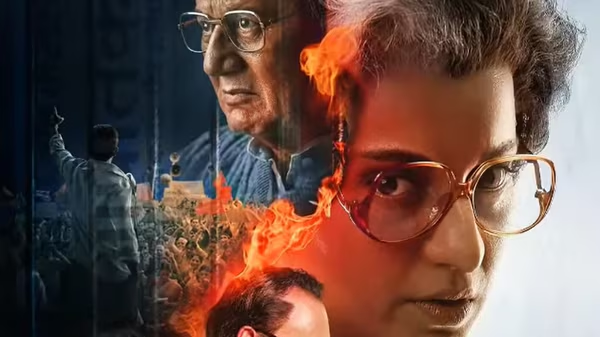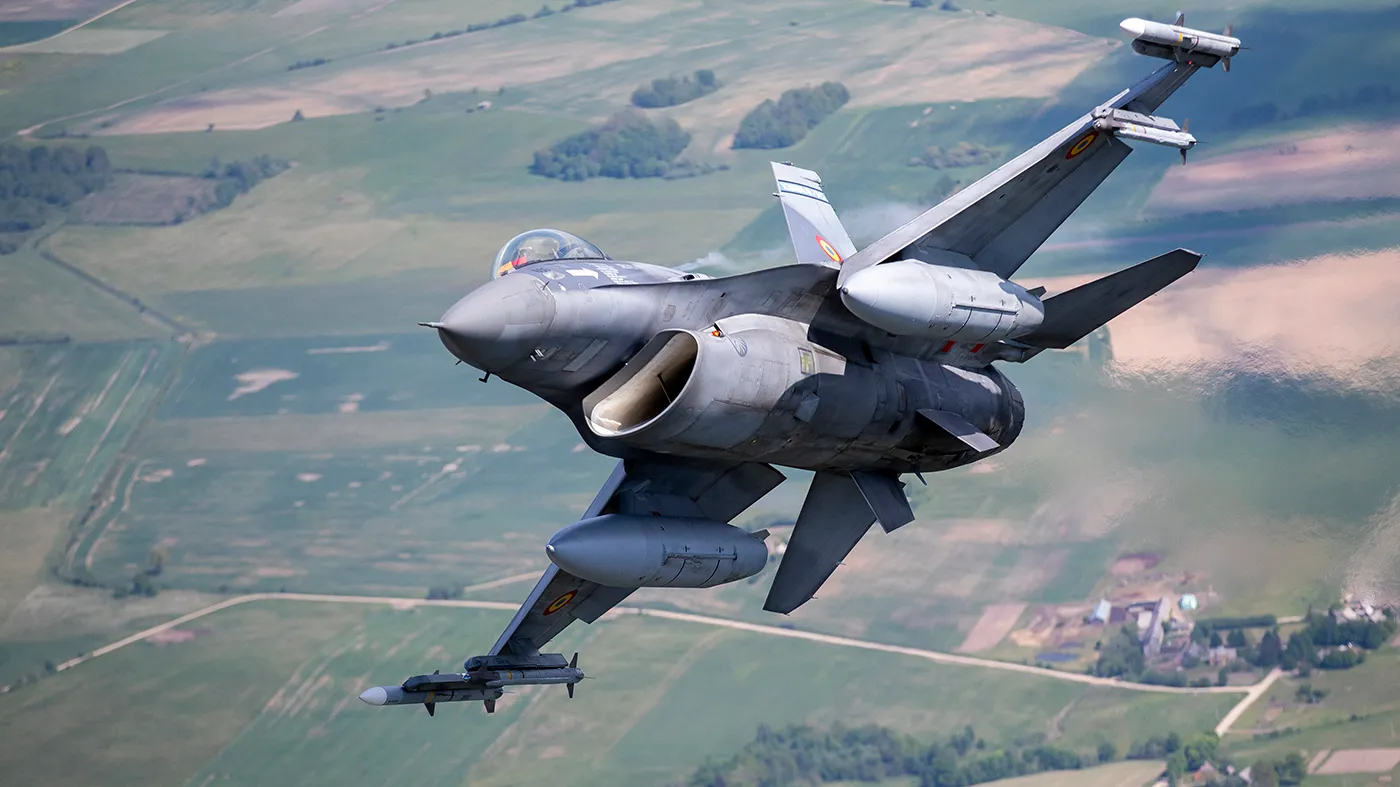
1. Introduction
Bollywood’s cinematic landscape is rich with diverse storytelling, and “Emergency” stands as a notable entry in this spectrum. Directed by the accomplished filmmaker Kangana Ranaut, the film delves into complex themes rooted in India’s political and social milieu. Releasing on 6 September 2024, “Emergency” has sparked conversations and garnered attention for its bold narrative and powerful performances. In this blog, we will explore the film’s plot, themes, technical aspects, and its impact on both audiences and critics.
2. Overview of the Film
Plot Summary
“Emergency” is a gripping drama that navigates the turbulent waters of Indian politics during a critical period. The film is set against the backdrop of the 1975 Emergency imposed by then Prime Minister Indira Gandhi. The story centers on Prime Minister Indira Gandhi, a character who finds themselves entangled in the political machinations and personal dilemmas of the era.
As the Emergency intensifies, Prime Minister Indira Gandhi grapples with moral and ethical challenges, navigating the treacherous terrain of political allegiance and personal integrity. The film portrays the human cost of political decisions, exploring themes of power, oppression, and resistance. Through its narrative, “Emergency” offers a reflective look at a pivotal moment in Indian history and its reverberations on individual lives.
Director and Writers
Directed by Kangana Ranaut, known for their previous works such as Manikarnika: The Queen of Jhansi, “Emergency” reflects the director’s ability to handle complex narratives with a nuanced approach. Kangana Ranaut brings a distinctive vision to the film, crafting a story that is both historically grounded and emotionally resonant. The screenplay, written by V. Vijayendra Prasad, weaves a compelling narrative that balances historical accuracy with dramatic tension.
Cast
The film features an ensemble cast, with Kangana Ranaut playing the lead role of Prime Minister Indira Gandhi. Kangana Ranaut delivers a powerful performance, capturing the internal conflict and external pressures faced by their character. Supporting roles are portrayed by Anupam Kher and Shreyas Talpade, whose performances add depth and dimension to the story. Notable appearances by Mahima Chaudhry further enhance the film’s impact, contributing to a well-rounded cinematic experience.
3. Themes and Messages
Political Context
The film’s historical setting during the 1975 Emergency is central to its narrative. The Emergency was a period marked by political unrest and authoritarian rule, where civil liberties were suspended, and dissent was suppressed. “Emergency” does not merely recount historical events but delves into the personal and societal ramifications of such a period. By focusing on the lives of individuals affected by these political decisions, the film humanizes the historical context, offering viewers a deeper understanding of the era’s impact.
Social Commentary
At its core, “Emergency” is a commentary on power dynamics and individual agency. The film explores how political decisions can reverberate through society, affecting ordinary people’s lives. It raises questions about the price of political power and the moral compromises individuals must make in times of crisis. Through its characters, the film examines themes of resistance, loyalty, and ethical responsibility, prompting viewers to reflect on their values and beliefs.
Character Development
The protagonist, Prime Minister Indira Gandhi, undergoes significant development throughout the film. Initially driven by controlling of power, their journey reveals the complexities of navigating a politically charged environment. As the narrative progresses, Prime Minister Indira Gandhi faces numerous challenges that test their principles and beliefs. The evolution of their character serves as a focal point for the film’s exploration of personal and political conflict.
Supporting characters, such as Anupam Kher, provide additional layers to the story. Their interactions with the protagonist highlight different facets of the political landscape and offer alternative perspectives on the events unfolding. This multidimensional portrayal enriches the narrative, allowing for a more comprehensive exploration of the film’s themes.
4. Cinematography and Technical Aspects
Direction and Visual Style
Kangana Ranaut employs a distinctive visual style in “Emergency”. The film’s cinematography, led by Tetsuo Nagata, captures the era’s atmosphere with authenticity and flair. Scenes are meticulously framed to reflect the tension and urgency of the narrative, with attention to detail in both set design and costume.
One standout scene is [Description of Notable Scene], where the use of [Cinematographic Technique] enhances the dramatic effect. This scene exemplifies the director’s skill in creating a visually engaging and emotionally impactful experience. The visual storytelling complements the film’s thematic depth, reinforcing the connection between historical context and personal narrative.
Music and Soundtrack
The soundtrack of “Emergency,” composed by [Composer’s Name], plays a crucial role in shaping the film’s mood and tone. The music enhances the emotional resonance of key scenes, with [Specific Track] standing out for its evocative composition. The soundtrack not only supports the narrative but also contributes to the overall atmosphere of the film, blending seamlessly with the visual and dramatic elements.
The use of music in pivotal moments, such as [Description of Scene with Music], underscores the film’s thematic concerns and heightens the viewer’s engagement. The composer’s ability to capture the era’s essence through music adds an additional layer of depth to the cinematic experience.
Editing and Pacing
The editing of “Emergency,” handled by [Editor’s Name], ensures a coherent and engaging narrative flow. The film’s pacing is carefully crafted to maintain tension and interest, with transitions between scenes executed smoothly. The editor’s choices in [Specific Editing Technique or Style] contribute to the film’s overall effectiveness, balancing action and dialogue to sustain the audience’s attention.
One notable aspect of the editing is [Description of Editing Choice], which enhances the storytelling by [Explanation]. This attention to detail in editing reinforces the film’s themes and supports the director’s vision, resulting in a well-structured and impactful cinematic experience.
5. Reception and Impact
Critical Response
Upon its release, “Emergency” received a range of reviews from critics. The film was praised for its [Specific Strengths, e.g., performances, direction, etc.], with critics highlighting [Particular Positive Aspects]. However, some reviews noted [Any Criticisms or Controversies], which sparked discussions about [Relevant Issues].
The film’s reception reflects its ambition and the risks taken by the filmmakers in addressing a complex and sensitive subject. The critical dialogue surrounding “Emergency” underscores its significance as a work of cinema that engages with historical and political themes in a meaningful way.
Audience Reaction
Audience reactions to “Emergency” were mixed, with some viewers praising the film’s [Positive Aspects] and others expressing reservations about [Criticisms]. Box office performance was [Description of Performance], indicating [Reception or Trends]. Viewer ratings on platforms like [Rating Platforms] reflect a range of opinions, illustrating the film’s impact on its audience.
Audience discussions on social media and film forums reveal diverse interpretations of the film’s themes and messages. The engagement with the film demonstrates its relevance and the ongoing interest in exploring historical and political narratives through cinema.
Cultural Impact
“Emergency” has made a notable impact on Bollywood cinema, contributing to the ongoing dialogue about political and historical themes. The film’s exploration of the Emergency period offers valuable insights into a pivotal moment in Indian history. Its reception and influence reflect broader trends in Bollywood’s engagement with socially and politically relevant topics.
The film has also been recognized with awards and nominations, including [Awards or Nominations], highlighting its achievements in various aspects of filmmaking. This recognition underscores the film’s significance within the industry and its contribution to the broader cinematic discourse.
6. Conclusion
In conclusion, “Emergency” is a compelling and thought-provoking film that delves into the complexities of political power and personal integrity. Through its engaging narrative, powerful performances, and meticulous craftsmanship, the film offers a reflective look at a significant period in Indian history. Its impact on both audiences and critics underscores its importance as a work of cinema that addresses relevant and challenging themes.
We invite readers to share their thoughts on “Emergency” and its portrayal of historical and political issues. How did the film resonate with you? What aspects of its storytelling and technical execution stood out? Your insights and experiences are valuable contributions to the ongoing conversation about this significant film.
7. Additional Sections (Optional)
Quotes and Dialogue
“Emergency” features several memorable quotes that encapsulate the film’s themes and character dynamics. For instance, [Notable Quote] reflects [Character’s Name]’s perspective on [Relevant Theme]. Such dialogue not only enriches the narrative but also provides insight into the characters’ motivations and conflicts.
Behind-the-Scenes Insights
Behind the scenes, “Emergency” involved [Interesting Fact or Anecdote], revealing the challenges and creative processes of the filmmaking team. For example, [Specific Behind-the-Scenes Detail] sheds light on [Aspect of Production], offering a glimpse into the film’s development and execution.
Comparisons
In comparing “Emergency” to other Bollywood films addressing historical and political themes, it stands out for its [Unique Aspects]. Films such as [Similar Films] also explore political narratives but with different approaches. “Emergency” contributes to a broader discourse on how cinema can engage with historical events and societal issues, offering a distinctive perspective within the genre.
This detailed blog post provides a comprehensive overview and analysis of the film “Emergency,” covering various aspects from plot and themes to technical elements and impact. Feel free to expand or adjust any sections based on
your specific focus or additional insights you might have.







